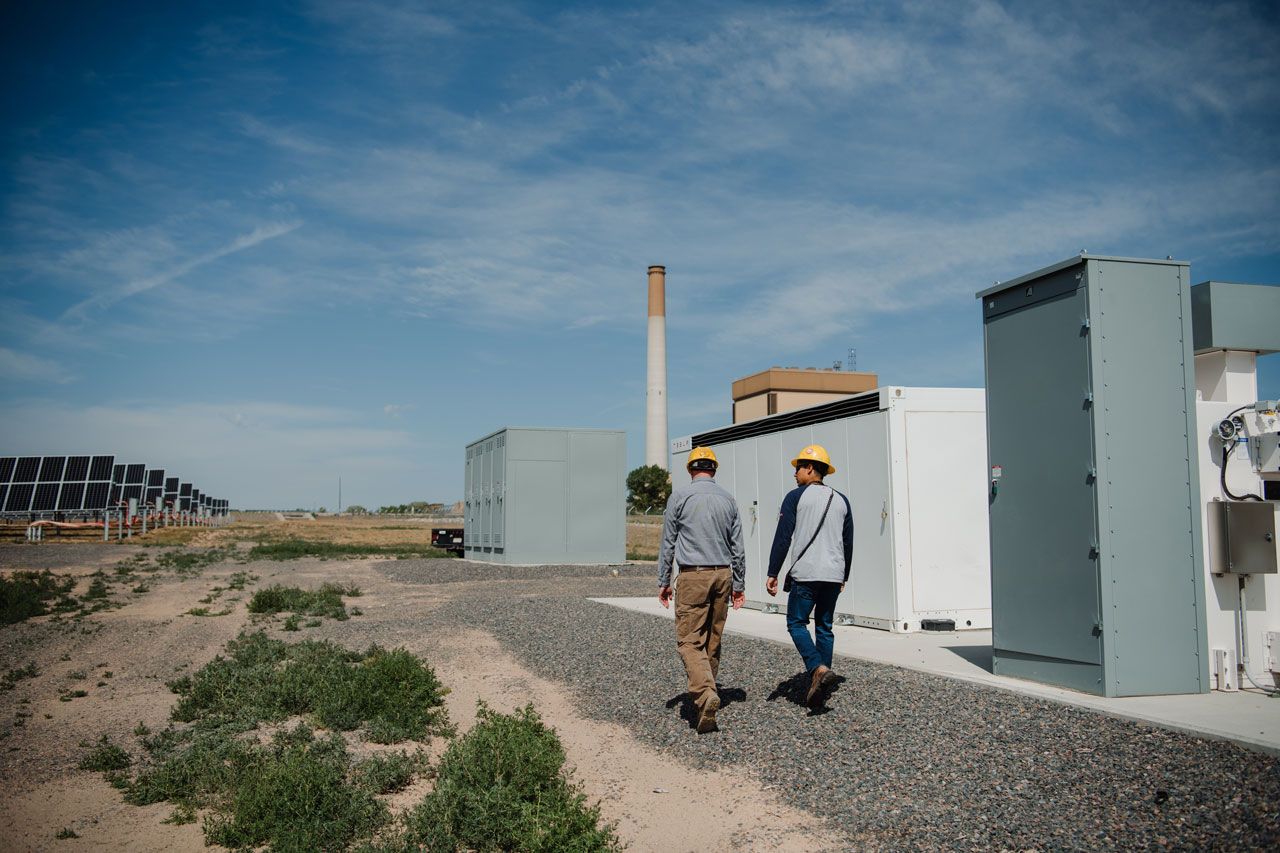Loan-guarantee programs run gamut
For millions of small businesses, getting started or expanding means a trip to their local bank for venture capital.
For millions more, it also means visiting the U.S. Small Business Administration, the nation’s largest financial backer of small businesses.
The SBA, with a business-loan guarantee portfolio worth more than $45 billion, is a major source — though not the only source — of governmental assistance to small businesses that are just starting out or hoping to expand and grow.
SPONSORED CONTENT
How dispatchable resources enable the clean energy transition
Platte River must prepare for the retirement of 431 megawatts (MW) of dispatchable, coal-fired generation by the end of the decade and address more frequent extreme weather events that can bring dark calms (periods when there is no sun or wind).
Other sources include local economic development agencies or groups, state economic development entities in Colorado and Wyoming, and even other federal agencies.
“There are a number of resources available,” noted Chris Chavez, regional communications director for the SBA in Denver. “The SBA is the largest guarantor of commercial bank loans for small businesses, and we can help all kinds of businesses, whether they’re rural or inner city. We’ve got a program to fit just about everybody’s needs.”
This fiscal year, the SBA expects to guarantee some 50,000 loans nationally for more than $14 billion.
Other federal programs, such as U.S. Dept. of Agriculture’s rural development loan program or the U.S. Department of Housing and Urban Development’s urban-development loan programs, are more targeted, but Chavez said a variety of help is available from local, state and federal sources interested in growing the economy.
The SBA works through commercial lenders to provide loan guarantees that make business loans more attractive to both businesses and lenders. For example, with an SBA loan guarantee, a bank might make a loan to a business that it wouldn’t otherwise make through conventional means, at terms more favorable to the business, both in interest rate and payback time.
“We don’t do direct lending, we don’t do grant programs or direct financing,” Chavez emphasized. “We provide loan guarantees, which are basically done through commercial lenders, and they mean a lot to the small business community.”
The SBA’s largest program, its “bread and butter loan guarantee program,” is its 7(a) program, which provides for loans for small businesses unable to secure financing on reasonable terms through conventional lending channels.
The SBA’s normal loan guarantee is 75 percent of a loan to a maximum of $750,000, though there are some special programs that allow for exceptions. The normal maximum loan under an SBA guarantee would be $1 million.
But the SBA has a number of variations, including its popular LowDoc program, which offers loan guarantees for smaller amounts, as little as $5,000 up to $150,000, with a minimum of loan documents required (one page, front and back).
In Colorado, the SBA made 946 loan guarantees totaling $290 million during fiscal 1999 ending last Sept. 30. The high mark came in fiscal year 1995, when the agency guaranteed 1,555 loans totaling $391 million in Colorado.
In Wyoming, the SBA’s banner year also was 1995, when the popular LowDoc program started, with 400 loan guarantees totaling $43 million, according to Bob Auflich, deputy director of the SBA’s state office in Casper.
One reason so many small businesses visit the SBA first is because the agency can offer valuable advice and assistance to a business in getting started seeking a loan or financial backing.
The agency’s Small Business Development Centers, located strategically throughout Colorado and Wyoming, help businesses gather the financial information and business plans they will need in applying for a loan, either conventional or SBA-guaranteed.
Other sources of government financial backing for businesses can range from local economic development grants and loans to state and other federal programs.
At the state level, the Colorado Office of Economic Development and the Wyoming Business Council are the lead agencies in providing or helping broker financial assistance for businesses, particularly businesses that are relocating or expanding to create new jobs. They often work in partnership with local economic development groups.
Other state government assets include the Colorado Housing and Finance Authority and the Wyoming Community Development Authority.
At the federal level, major sources for business financing in addition to the SBA are the USDA and HUD, through community block grants and other grant and loan programs.
In rural areas of Colorado and Wyoming, the USDA’s rural development programs offer grant and loan assistance for both communities and rural businesses. In fiscal 1998, USDA made more than 1,400 grants and loans totaling $1.3 billion.
Other sources of federal assistance include historic preservation funds and specialized programs from agencies such as the Department of Education or the Department of Defense.
For millions of small businesses, getting started or expanding means a trip to their local bank for venture capital.
For millions more, it also means visiting the U.S. Small Business Administration, the nation’s largest financial backer of small businesses.
The SBA, with a business-loan guarantee portfolio worth more than $45 billion, is a major source — though not the only source — of governmental assistance to small businesses that are just starting out or hoping to expand and grow.
Other sources include local economic development agencies or groups, state economic development entities in Colorado and Wyoming, and even other federal agencies.
“There are a…
THIS ARTICLE IS FOR SUBSCRIBERS ONLY
Continue reading for less than $3 per week!
Get a month of award-winning local business news, trends and insights
Access award-winning content today!

